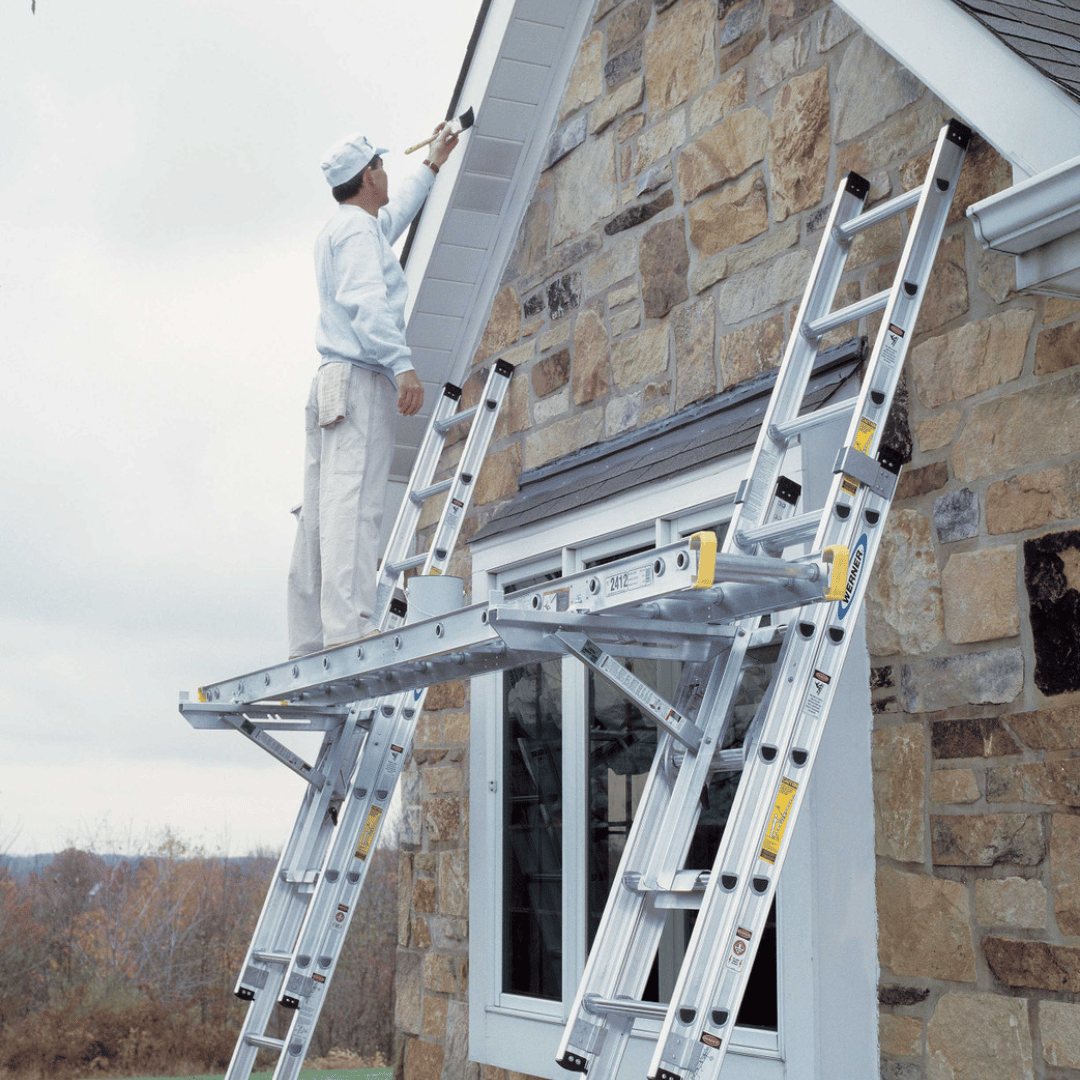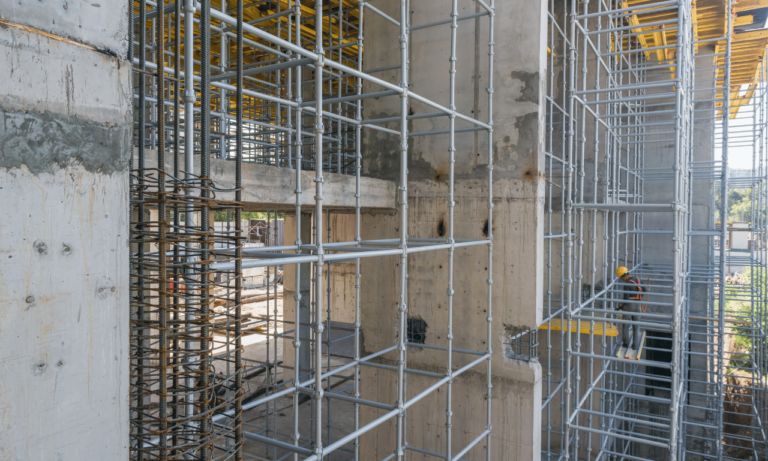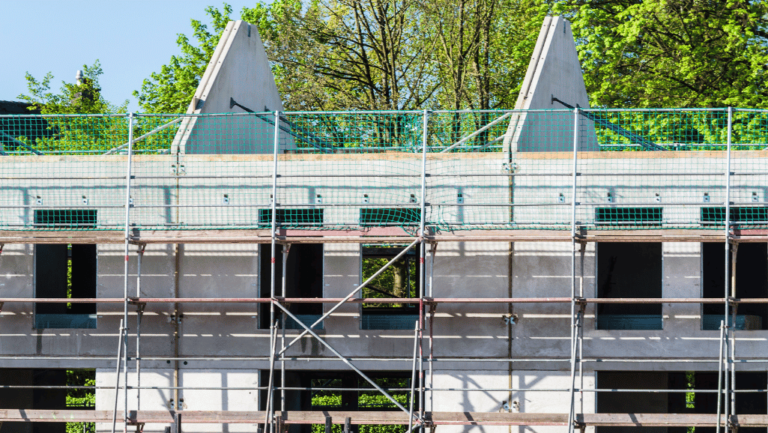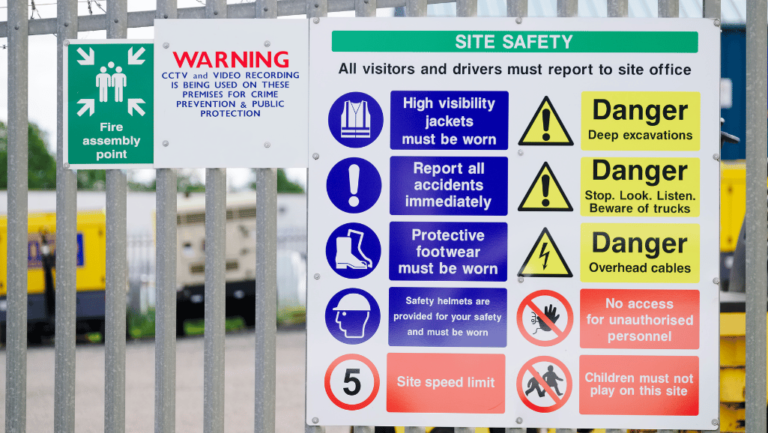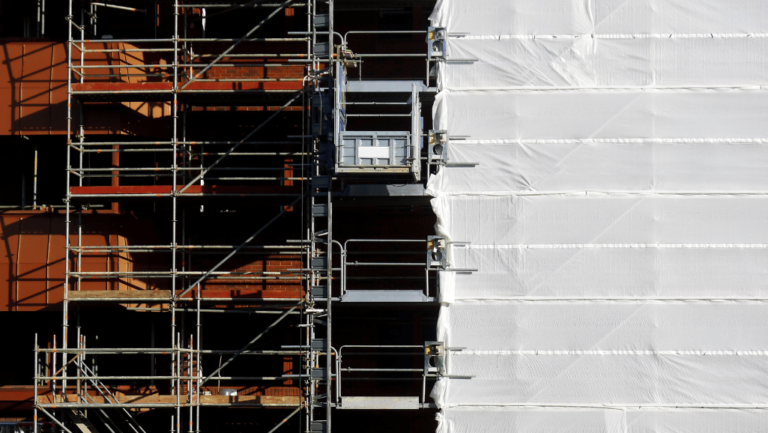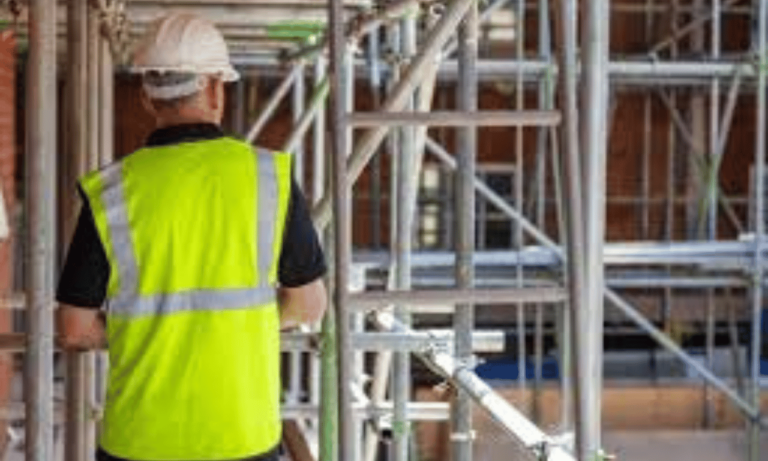Phone:
(+65)8319-0742
Welcome to our comprehensive guide on Ladder Jack Scaffold, a versatile and essential tool for various construction and maintenance tasks. Whether you are in the field of construction, painting, or any other profession that requires working at elevated heights, understanding the features and safety measures associated with the Ladder Jack Scaffold system is crucial for your well-being and efficiency on the job.
In this guide, we will cover everything you need to know about the Ladder Jack Scaffold, from its basic structure to compliance with OSHA regulations. We will explore the components that make up this scaffold system, provide tips for adjusting it to different heights, and explain how to ensure OSHA compliance for a safe working environment. We will also discuss the various accessories available for the Ladder Jack Scaffold system and provide tips for safe usage and maintenance.
Now, let’s dive into the details of the Ladder Jack Scaffold system and equip you with the knowledge needed to work efficiently and securely at elevated heights.
Key Takeaways:
- Understand the essential components of the Ladder Jack Scaffold system.
- Learn tips for adjusting the scaffold to different heights and ensuring stability.
- Familiarize yourself with OSHA regulations for a safe working environment.
- Explore the accessories available for the Ladder Jack Scaffold system to enhance functionality.
- Follow our tips for safe usage and maintenance of the scaffold system.
Understanding the Ladder Jack Scaffold System
When it comes to working at heights, safety is paramount. The Ladder Jack Scaffold system provides a reliable and secure solution for various construction and maintenance tasks. To fully comprehend the functionality and effectiveness of this system, it is essential to understand its components and their roles.
The Scaffold Platform
At the heart of the Ladder Jack Scaffold system is the scaffold platform. This sturdy and spacious platform serves as the primary workspace for workers. It provides a stable surface for performing tasks and can accommodate both workers and their tools.
The Ladder Jack System
The Ladder Jack System is the foundation on which the scaffold platform rests. It consists of ladder jacks, brackets, and connecting poles that securely attach to a ladder. These components ensure the stability and support required for safe and efficient work at height.
Essentially, the ladder jacks act as support arms, while the brackets connect the jacks to the ladder. The connecting poles provide additional strength and rigidity to the system.
When assembled correctly, the Ladder Jack System forms a strong scaffolding foundation. It allows workers to access different heights while maintaining stability and safety. The system’s versatility makes it suitable for various applications, including construction, painting, and maintenance tasks.
Understanding the Ladder Jack Scaffold system components is crucial for not only setting up the scaffold correctly but also ensuring a secure and reliable working environment. Now that you have a clear understanding of the scaffold platform and ladder jack system, let’s explore how to adjust the height of the scaffold to suit different work requirements.
| Component | Function |
|---|---|
| Ladder Jacks | Act as support arms for the scaffold platform |
| Brackets | Connect the ladder jacks to the ladder |
| Connecting Poles | Provide additional strength and rigidity to the system |
| Scaffold Platform | Primary workspace for workers, providing a stable surface for tasks |
Adjusting the Ladder Jack Scaffold
When working with the Ladder Jack Scaffold, it is essential to ensure that it is properly adjusted to match the required height and work environment. The adjustable scaffold feature allows for flexibility and convenience in various construction or maintenance tasks. In this section, we will guide you through the process of adjusting the Ladder Jack Scaffold to achieve optimal safety and efficiency.
Understanding the Ladder Support System
The ladder support system is a crucial component of the Ladder Jack Scaffold. It provides stability and ensures that the scaffold remains secure during use. The ladder support system consists of adjustable brackets that securely attach to the ladder, allowing for vertical adjustments to accommodate different working heights. By properly adjusting the ladder support system, you can ensure a stable and secure platform that meets your specific needs.
To adjust the ladder support system:
- Ensure the Ladder Jack Scaffold is placed on a level surface.
- Position the ladder on the scaffolding, making sure it is centered and securely attached.
- Loosen the adjustment screws on the ladder support brackets.
- Slide the brackets up or down to the desired height, ensuring they are evenly aligned on both sides.
- Tighten the adjustment screws to secure the brackets in place.
It is important to regularly inspect the ladder support system for any signs of wear or damage. If any issues are identified, the ladder support system should be repaired or replaced before further use.
Proper adjustment of the Ladder Jack Scaffold is crucial for maintaining a safe and secure work environment. By following these guidelines, you can ensure that the scaffold is adjusted correctly to suit different heights and work environments.
Ensuring OSHA Compliance

Safety regulations play a pivotal role in the construction industry, and when it comes to scaffold systems, compliance with OSHA standards is essential. In this section, we will highlight the key OSHA compliance requirements for Construction Scaffold, with a focus on Ladder Jack Scaffold. By following these guidelines, you can create a safe and secure working environment for yourself and your team.
OSHA Compliance Guidelines for Construction Scaffold:
- Ensure that the Construction Scaffold is properly designed, built, and maintained to meet OSHA standards for structural integrity and load capacity.
- Regularly inspect the scaffold for any signs of damage or wear and promptly address any issues that may compromise its stability.
- Implement fall prevention measures by providing guardrails, toeboards, and personal fall arrest systems to protect workers from falls at heights.
- Securely anchor the scaffold to prevent any movement or tipping during use.
- Ensure that the scaffold is set up on a stable and level surface, and use the appropriate base plates or adjustable leveling jacks to achieve stability.
- Train workers on the safe use of the scaffold, including proper climbing techniques, load limits, and the location of the scaffold’s center of gravity.
- Prohibit unauthorized modifications or alterations to the scaffold that may compromise its structural integrity or safety features.
- Regularly clean the scaffold to remove any debris, grease, or other substances that may create slip or trip hazards.
By adhering to these OSHA compliance guidelines, you can help ensure that your Construction Scaffold, including the Ladder Jack Scaffold system, is safe and secure for use. It is essential to prioritize safety and maintain a proactive approach to scaffold maintenance, inspections, and worker training.
| OSHA Compliance Checklist for Construction Scaffold |
|---|
| 1. Scaffold is properly designed and built to meet OSHA standards. |
| 2. Scaffold is regularly inspected for damage or wear. |
| 3. Fall prevention measures, such as guardrails and personal fall arrest systems, are in place. |
| 4. Scaffold is securely anchored to prevent movement or tipping. |
| 5. Scaffold is set up on a stable and level surface. |
Using Ladder Jack Accessories
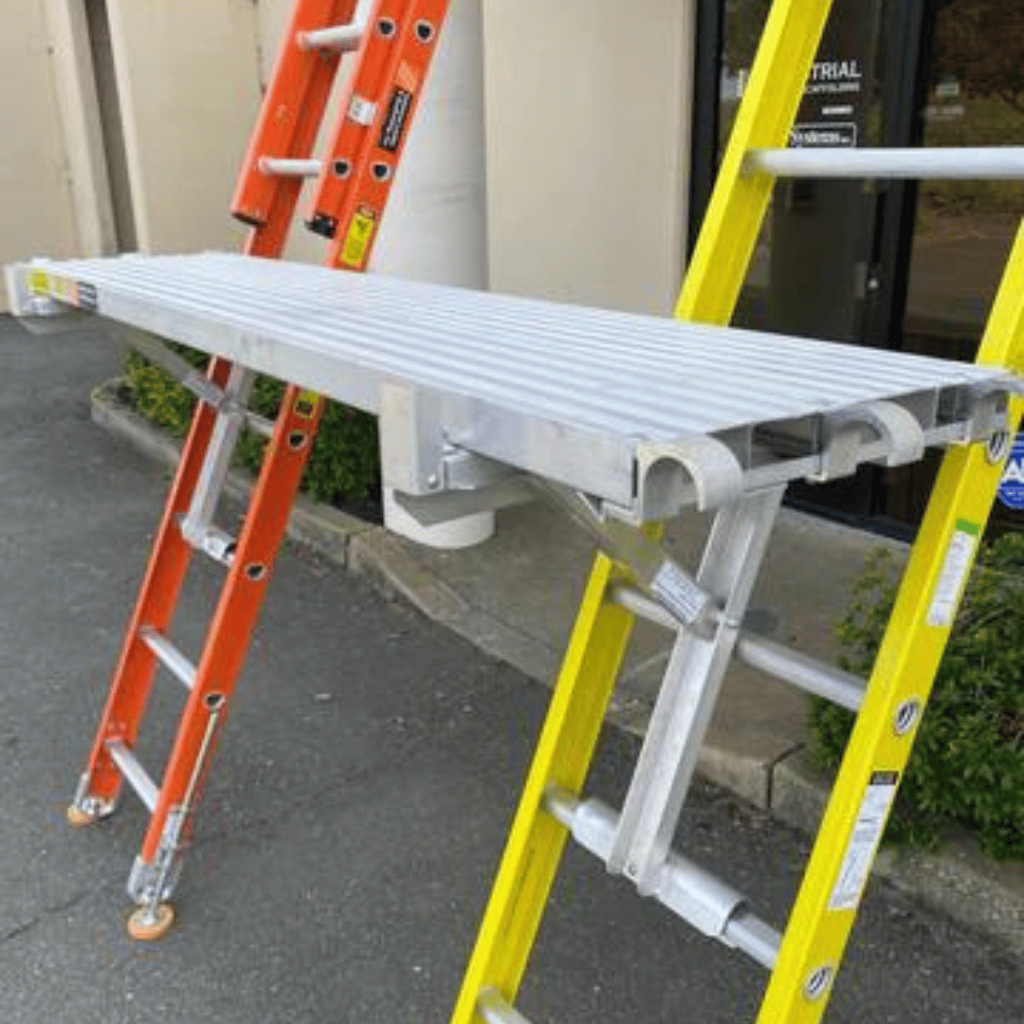
Take your Ladder Jack Scaffold to the next level by incorporating the right accessories. These add-ons not only enhance the functionality and versatility of your scaffold system but also optimize your workflow for increased productivity. Let’s explore some popular Ladder Jack Accessories and their respective uses:
1. Tool Trays
Keep your tools within reach and organized with tool trays designed specifically for Ladder Jack Scaffolds. These trays provide a convenient space to store your essential equipment, eliminating the need for constant trips up and down the ladder. Whether you need to secure fasteners, store small tools, or keep your paint supplies handy, tool trays are a must-have accessory for optimal efficiency.
2. Ladder Stabilizers
Enhance safety and stability by incorporating ladder stabilizers into your Ladder Jack Scaffold setup. These accessories securely attach to the ladder, providing additional support and preventing any wobbling or movement. Ladder stabilizers are especially useful when working on uneven surfaces or at elevated heights, ensuring a secure and reliable platform for your tasks.
3. Guardrail Systems
Prioritize safety at your worksite with guardrail systems for your Ladder Jack Scaffold. These accessories provide an additional layer of fall protection by creating a barrier around the platform. Guardrail systems are essential, especially when working at significant heights or in areas with potential hazards. Ensure compliance with safety regulations and minimize the risk of accidents by investing in a reliable guardrail system.
4. Adjustable Legs
Customize the height and stability of your Ladder Jack Scaffold with adjustable legs. These accessories allow you to adapt your scaffold system to different work environments, ensuring a secure foundation. Whether you need to accommodate uneven surfaces or varying heights, adjustable legs provide the flexibility to create a safe and level platform.
These are just a few examples of the many Ladder Jack Accessories available in the market. Each accessory serves a specific purpose, enhancing the safety and efficiency of your scaffold system. Consider your job requirements and select the accessories that best suit your needs. Remember, investing in high-quality accessories is a worthwhile investment in your safety and productivity.
| Accessory | Use |
|---|---|
| Tool Trays | Store tools and supplies within reach for quick access |
| Ladder Stabilizers | Provide additional support and prevent ladder movement |
| Guardrail Systems | Create a protective barrier for enhanced safety |
| Adjustable Legs | Customize height and stability for different work environments |
Tips for Safe Ladder Jack Scaffold Use
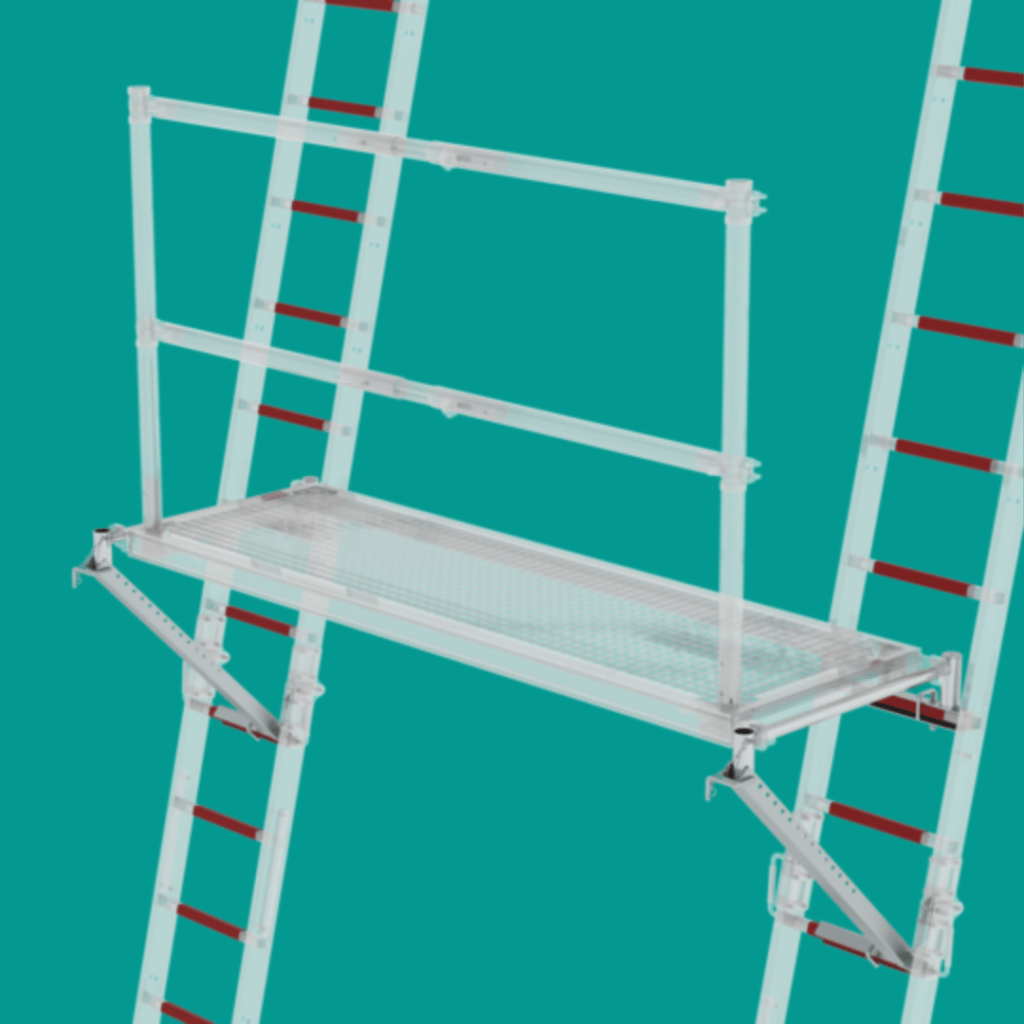
Safety should always be a priority when working with the Ladder Jack Scaffold system. By following these essential tips and best practices, you can ensure safe usage and minimize the risk of accidents or injuries.
Selecting the Right Ladder Bracket Scaffold
Choosing the appropriate ladder bracket scaffold is crucial for a secure and stable work platform. Consider the following factors:
- Weight Capacity: Ensure that the ladder bracket scaffold you select can safely support the combined weight of the worker, tools, and materials.
- Quality and Durability: Opt for a ladder bracket scaffold made from high-quality materials that meet industry standards to ensure longevity and reliability.
- Adjustability: Look for a ladder bracket scaffold that allows for easy height adjustments to adapt to various working conditions.
By carefully considering these factors, you can choose a ladder bracket scaffold that provides the necessary support and stability for your specific job requirements.
Maintaining Balance During Work
To maintain balance while using the Ladder Jack Scaffold, follow these best practices:
- Positioning: Place the ladder bracket scaffold on firm and level ground. Avoid uneven surfaces or areas with potential hazards.
- Stabilization: Secure the ladder bracket scaffold by using stabilizers or outriggers. These accessories help distribute the weight evenly and prevent tipping.
- Proper Loading: Distribute your weight and the load evenly on the scaffold platform. Avoid overloading one side, as it can destabilize the scaffold.
- Footwear: Wear slip-resistant footwear to improve traction and reduce the risk of slipping or losing balance.
Following these tips will help ensure that you maintain balance and stability while working on the Ladder Jack Scaffold, reducing the likelihood of accidents or falls.
The image above depicts a Ladder Bracket Scaffold in use. Its sturdy construction and secure design provide a safe and reliable working platform for various tasks.
| List of Additional Safety Measures |
|---|
| Regularly inspect the ladder bracket scaffold for any signs of damage, deterioration, or wear. Replace any faulty components immediately. |
| Always follow the manufacturer’s instructions for assembly, disassembly, and usage of the ladder bracket scaffold. |
| Provide proper training and supervision to workers using the ladder bracket scaffold, ensuring they are familiar with its operation and safety protocols. |
| Use personal protective equipment (PPE), such as helmets, gloves, and safety harnesses, where required. |
| Adhere to all relevant OSHA regulations and local safety guidelines when working with the ladder bracket scaffold. |
By implementing these safety measures and practicing caution while using the Ladder Jack Scaffold, you can ensure a secure and accident-free working environment.
Maintenance and Inspection of Ladder Jack Scaffold
Regular maintenance and inspection are vital to keep your Construction Scaffold in optimal condition. By performing routine inspections, identifying common issues, and implementing maintenance tips, you can extend the lifespan of your scaffold system and ensure its safety and reliability.
Routine Inspections
Performing regular inspections is crucial for identifying any potential damage or wear and tear on your Construction Scaffold. Here are the steps to follow:
- Visually inspect the entire scaffold system, including all components and connections.
- Check for any signs of rust, corrosion, or structural damage.
- Ensure that all bolts, nuts, and fasteners are securely tightened.
- Verify that the scaffold platform is level and stable.
It is recommended to conduct inspections before each use and document the findings for future reference.
Common Issues
During inspections, you may come across common issues that require attention and repair. Some of these issues include:
- Loose or damaged guardrails
- Cracked or worn-out platforms
- Missing or faulty ladder jack systems
- Unstable or uneven scaffold base
If you encounter any of these issues, it is important to address them promptly to maintain the integrity and safety of your Construction Scaffold.
Maintenance Tips
Implementing regular maintenance practices will help extend the lifespan of your Construction Scaffold and ensure its optimal performance. Consider the following tips:
- Clean the scaffold system regularly to remove dirt, debris, and any potential hazards.
- Apply lubrication to moving parts, such as ladder jacks and adjustable components, to prevent friction and ensure smooth operation.
- Store the scaffold system in a dry and secure location when not in use to prevent moisture damage and theft.
By following these maintenance tips, you can maximize the longevity and effectiveness of your Construction Scaffold.
Common Maintenance Tasks
| Task | Frequency |
|---|---|
| Visual inspection | Before each use |
| Cleaning | Regularly |
| Lubrication | As needed |
| Storage | When not in use |
Regular maintenance and diligent inspections are essential for ensuring the functionality and safety of your Construction Scaffold. By following the outlined steps and implementing proper maintenance practices, you can prolong the lifespan of your scaffold system and create a secure working environment.
Conclusion
Having explored the various aspects of the Ladder Jack Scaffold system in this ultimate safety guide, you are now equipped with the necessary knowledge to work efficiently and securely. Remember, safety should always be your top priority when working at heights.
Ensure that you prioritize safety measures, such as following OSHA guidelines and wearing appropriate personal protective equipment. Additionally, regular inspections and maintenance of your scaffold system are crucial to identify potential issues and prolong its lifespan.
By understanding the components, adjusting the scaffold to different heights, using accessories, and maintaining compliance with safety regulations, you can create a safe and secure working environment. Remember, a properly maintained Ladder Jack Scaffold system will provide you with the stability and support you need for successful construction projects.
FAQ
What is a Ladder Jack Scaffold?
A Ladder Jack Scaffold is a versatile system used in construction and maintenance work that consists of a scaffold platform supported by ladder jacks. It provides a stable and elevated work surface for tasks that require a ladder.
How does the Ladder Jack System work?
The Ladder Jack System consists of ladder jacks that attach to a ladder and provide support for a scaffold platform. The ladder jacks are adjustable, allowing for different height settings and ensuring stability during use.
Can I adjust the height of the Ladder Jack Scaffold?
Yes, the height of the Ladder Jack Scaffold can be adjusted to suit different work environments and requirements. The ladder jacks can be positioned at different rung intervals on the ladder to achieve the desired height.
Is the Ladder Jack Scaffold OSHA compliant?
Yes, to ensure optimal safety, it is essential to use an OSHA compliant Ladder Jack Scaffold. This means following OSHA’s guidelines and regulations regarding scaffold construction, use, and maintenance.
What accessories are available for the Ladder Jack Scaffold?
There are various accessories available for the Ladder Jack Scaffold, including tool trays, ladder stabilizers, and guardrail systems. These accessories enhance the functionality and safety of the scaffold system.
What should I consider for safe usage of the Ladder Jack Scaffold?
When using the Ladder Jack Scaffold, it is crucial to select the right ladder bracket scaffold that is compatible with the system. Maintaining balance and stability during work is also essential to ensure safe usage.
How do I perform maintenance and inspections on the Ladder Jack Scaffold?
Regular maintenance and inspections are necessary to keep the Ladder Jack Scaffold in good working condition. Routine inspections should be performed to identify any issues, and proper maintenance should be carried out to extend the lifespan of the scaffold system.

